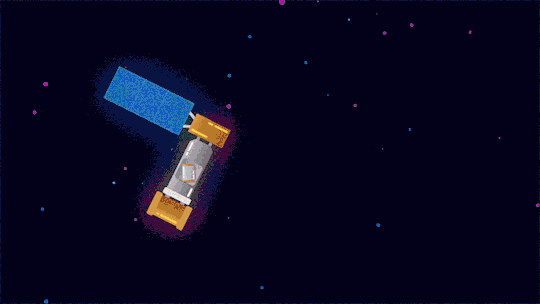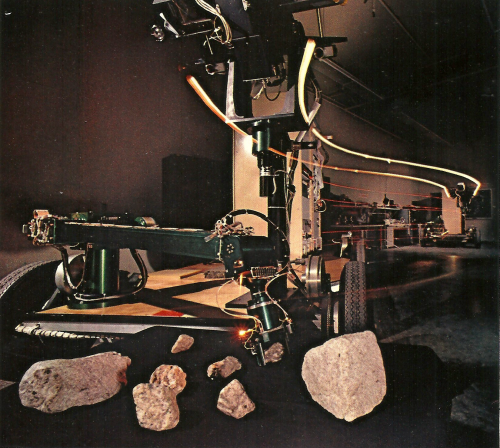#space technology
Pew. Pew. Lasers in space!
Iconic movie franchises like Star Wars and Star Trek feature futuristic laser technologies, but space lasers aren’t limited to the realm of science fiction. In fact, laser communications technologies are changing the way missions transmit their data. The Laser Communications Relay Demonstration (LCRD) blasts into space this weekend, demonstrating the unique – and totally awesome – capabilities of laser communications systems.

Currently, NASA missions rely on radio frequency to send data to Earth. While radio has served the agency well since the earliest days of spaceflight, there are significant benefits to laser systems. Just as the internet has gone from dial-up to high-speed connections, lasers communications’ higher frequency allows missions to send much more information per second than radio systems. With laser communications, it would only take nine days to transmit a complete map of Mars back to Earth, compared to nine weeks with radio frequency systems.

LCRD will demonstrate these enhanced capabilities from 22,000 miles above Earth’s surface. And although the mission uses lasers, these lasers are not visible to the human eye. Once in orbit, the mission will perform experiments using two telescopes on Earth that will relay data through the spacecraft from one site to the other over an optical communications link. These experiments will help NASA and the aerospace community understand the operational challenges of using lasers to communicate to and from space.

On Earth, there are ground stations telescopes that will capture LCRD’s laser signal and send the data to the mission operations center in New Mexico. The two ground stations are located on Haleakalā, Hawaii and Table Mountain, California. These picturesque locations weren’t chosen because they’re beautiful, but rather for their mostly clear skies. Clouds – and other atmospheric disturbances – can disrupt laser signals. However, when those locations do get cloudy, we’ve developed corrective technologies to ensure we receive and successfully decode signals from LCRD.

This demonstration will help NASA, researchers, and space companies learn more about potential future applications for laser communications technologies. In the next few years, NASA will launch additional laser missions to the Moon on Artemis II and to the asteroid belt, even deeper into space. These missions will give us insight on the use of laser communications further in space than ever before.

Ultimately, laser systems will allow us to glean more information from space. This means more galaxy pics, videos of deep space phenomena, and live, 4K videos from astronauts living and working in space.
Laser communications = more data in less time = more discoveries.
If laser communications interests you, check out our Space Communications and Navigation (SCaN) Internship Project. This program provides high school, undergrad, graduate, and even Ph.D. candidates with internship opportunities in space communications areas – like laser comm.
Make sure to follow us on Tumblr for your regular dose of space!


